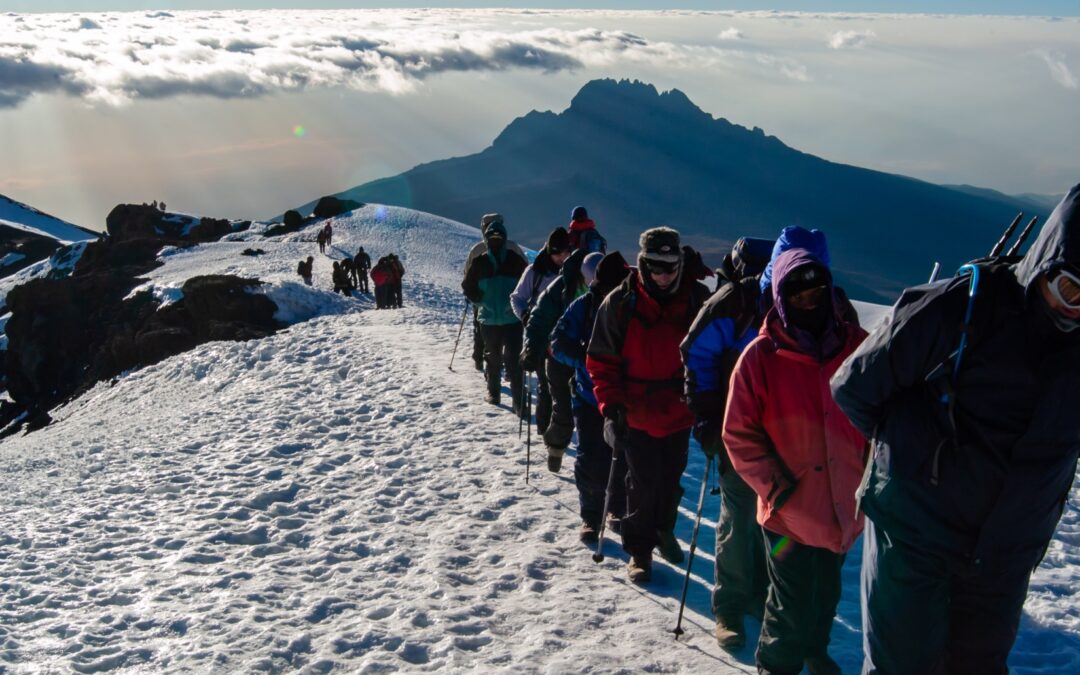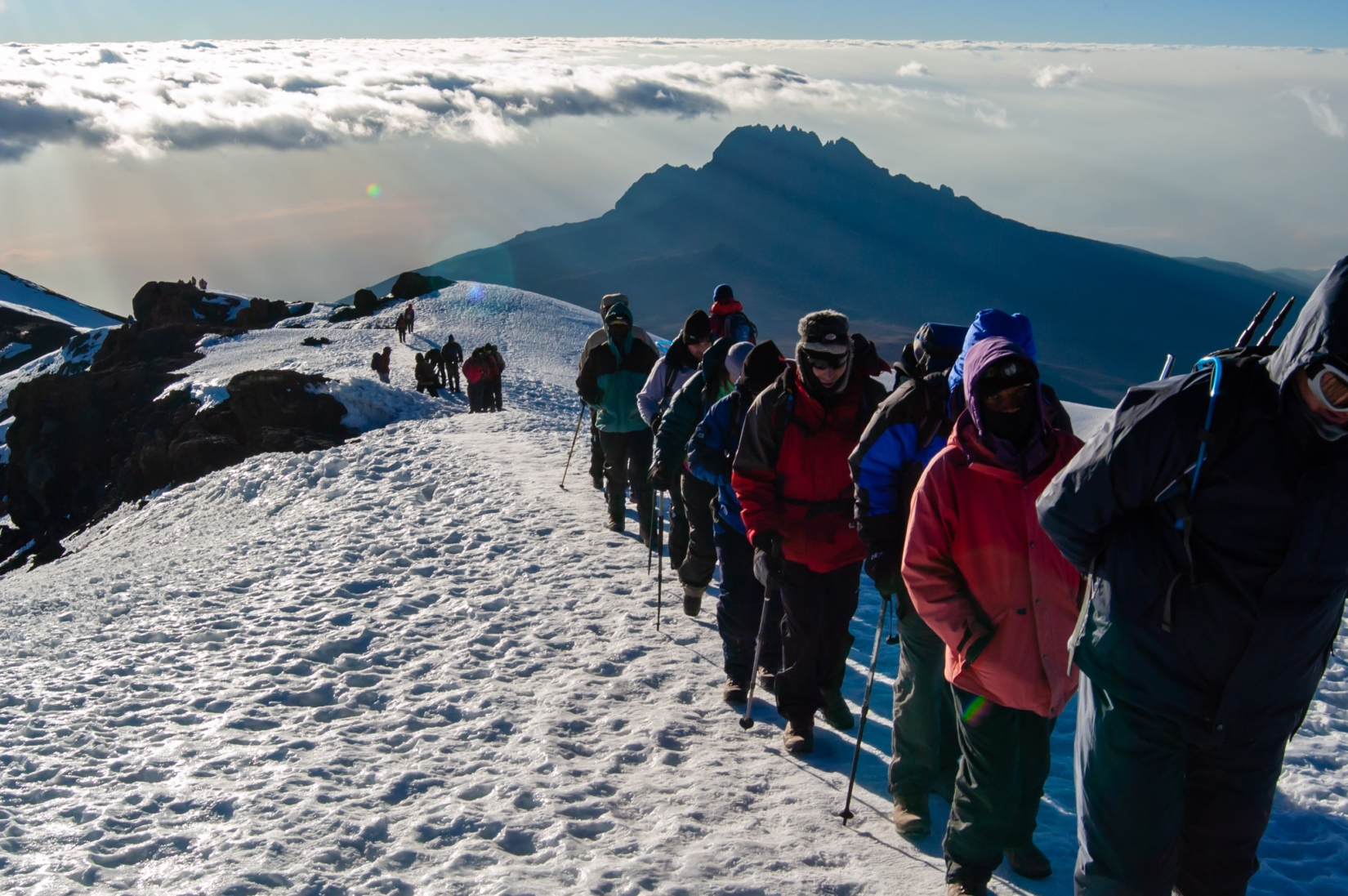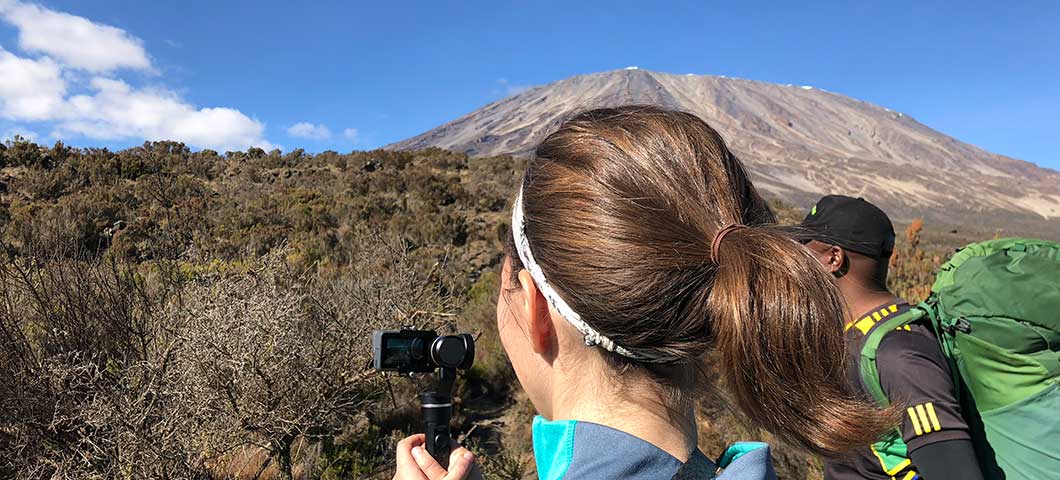Climbing Mount Kilimanjaro is a bucket-list adventure that presents tremendous photographic opportunities. Known as the highest free-standing mountain in the world, its diverse ecosystems provide a rich tapestry for stunning visuals. From the lush rainforests to the arid arctic summit, the changing landscapes demand a keen eye and thoughtful composition.
To capture the essence of your Kilimanjaro climb, remember to pack versatile lenses that can handle wide shots and close-ups. Be mindful of the altitude and its effects on your gear; cold temperatures can quickly drain batteries, so keep spares warm in your inner pockets. Leveraging the golden hours—sunrise and sunset—will enhance the natural beauty and add a professional touch to your shots.
Essential Photography Gear for Your Kilimanjaro Adventure
When climbing Mount Kilimanjaro, having the right photography gear can make all the difference. Start with a durable, weatherproof camera that can handle diverse conditions. Many trekkers prefer DSLRs for their quality, but mirrorless cameras are lighter and easier to carry. Don’t forget to pack a good set of lenses. A wide-angle lens is perfect for capturing the vast landscapes, while a telephoto lens helps with distant details.
Tripods are essential for steady shots, especially during sunrise and sunset photography. Look for a lightweight, compact tripod that fits easily in your backpack. Cold weather can affect battery life, so bring multiple spare batteries and keep them warm in your inner pockets. Memory cards are another must-have; pack a few high-capacity cards to ensure you don’t run out of space. A camera bag with ample padding and compartments will protect your gear throughout the climb.
Filters can add creativity to your shots and protect your lenses. A polarizing filter reduces glare and enhances the blue sky, while ND filters help in managing exposure during bright light conditions. Cleaning kits are vital for maintaining your equipment in dusty or wet environments. These kits should include lens cloths, cleaning solution, and a blower to remove debris safely. Don’t overlook the importance of a comfortable, supportive camera strap to keep your camera accessible yet secure.
Accessories such as remote shutter releases can be handy for long-exposure shots. Many photographers find these useful for capturing the night sky or dynamic scenes without camera shake. If you’re serious about high-quality shots, consider bringing a portable external hard drive for backing up your images. This provides peace of mind in case something happens to your memory cards. Finally, keep everything organized with labeled pouches to make finding gear quick and easy while on the trek.
Choosing the right camera and accessories to withstand different altitudes and weather conditions
When selecting a camera for your Kilimanjaro climb, durability is key. The camera should be weather-sealed to protect against rain, dust, and extreme temperatures. Look for models specifically designed to handle tough conditions. Beyond weather resistance, consider the camera’s weight and size. Carrying a lightweight, compact camera will make the journey more enjoyable.
A good selection of accessories can enhance your photography experience. Start with a set of high-quality lenses to cover a range of focal lengths. Protect your lenses with UV filters, which also help reduce haze in your photos. It’s wise to bring extra batteries and keep them insulated. Cold temperatures can cause batteries to drain faster, so having spares is vital.
Memory cards are another essential component. Choose high-capacity, fast-writing cards to capture every moment. A padded camera bag with adjustable compartments will protect your gear from bumps and shocks. Make sure the bag is waterproof for additional protection. Using silica gel packets inside your bag can help keep moisture away from your equipment.
Other useful accessories include a lightweight tripod for stability and a lens cleaning kit to maintain clarity in your images. A good-quality camera strap can help distribute the weight evenly. Consider carrying a remote shutter release for long-exposure shots, especially if you’re photographing stars or low-light scenes. These accessories can ensure your gear performs well in any weather or altitude on Kilimanjaro.
Techniques for Capturing Kilimanjaro’s Varied Landscapes
Capturing Kilimanjaro’s diverse landscapes requires a blend of planning and spontaneity. Start by researching the best times of day for lighting. The golden hours of sunrise and sunset offer soft, warm light that enhances your shots. Early mornings can provide misty, atmospheric conditions, perfect for dramatic photos. Always be ready to capture spontaneous moments as weather can change rapidly.
Using a variety of angles can make your photos more engaging. Experiment with perspectives by shooting from low angles to emphasize the mountain’s majesty. Wide-angle lenses are great for encompassing vast scenes, while telephoto lenses can isolate specific details. Incorporate foreground elements to create depth. Rocks, plants, or fellow climbers can add interest to your compositions.
Utilize the rule of thirds to create balanced and appealing photos. Position key elements off-center to make your images more dynamic. When framing shots, look for leading lines like trails or ridges that draw the viewer’s eye into the scene. This technique enhances the sense of scale and adventure. Don’t be afraid to break the rules creatively when the situation demands it.
Consider the use of HDR (High Dynamic Range) for scenes with strong contrasts between light and dark areas. This technique merges multiple exposures to reveal details in both shadows and highlights. A tripod helps in maintaining alignment for HDR shots. Using panoramic shots can also capture the vastness of Kilimanjaro. Stitching multiple images together creates a seamless, wide-view that showcases the full grandeur of the landscape.
Key Takeaways
- Pack versatile lenses for wide and detailed shots.
- Use a weather-sealed camera to handle diverse conditions.
- Shoot during sunrise or sunset for the best light.
- Bring multiple batteries and spare memory cards.
- A lightweight tripod can improve stability and composition.



